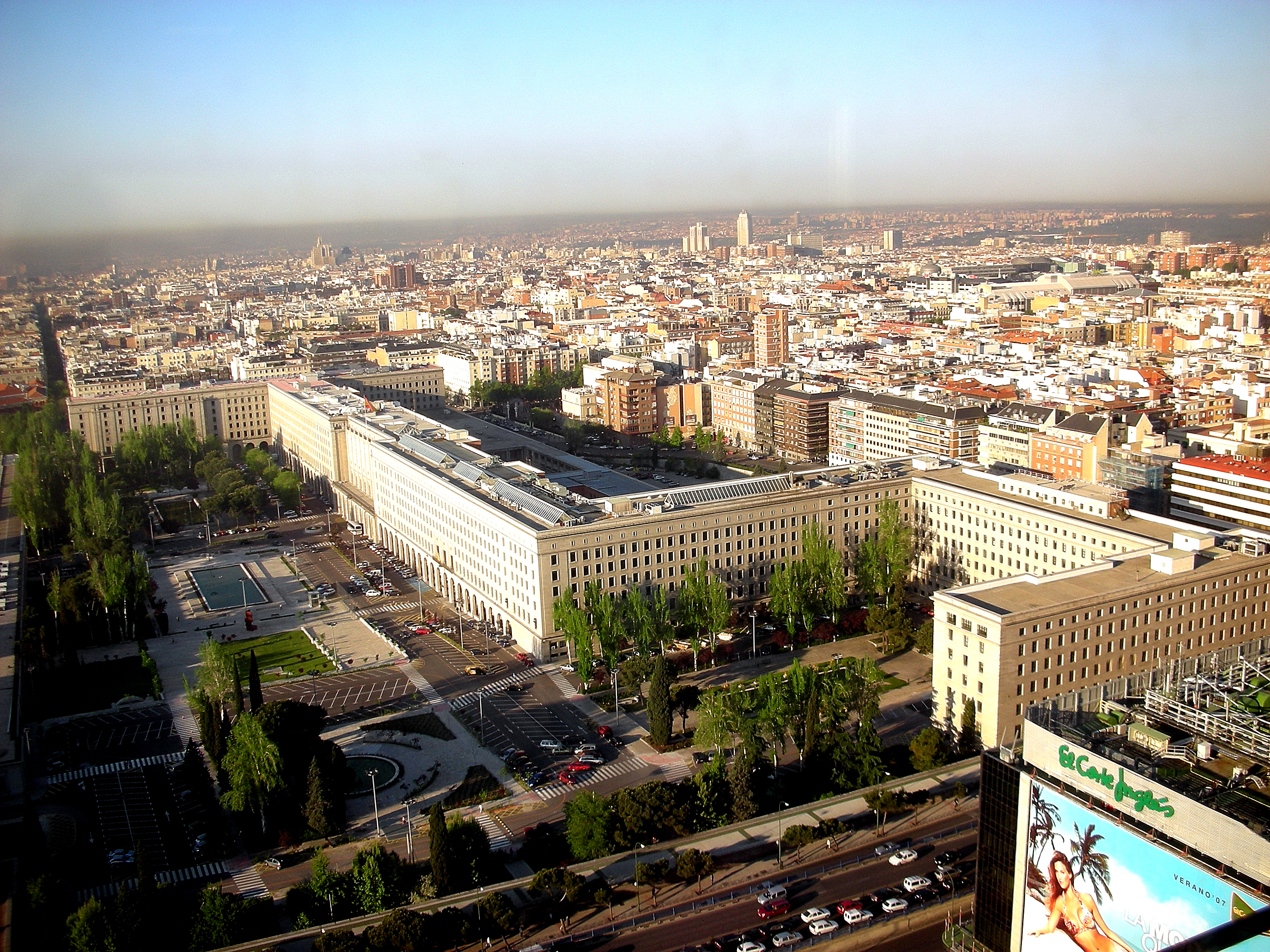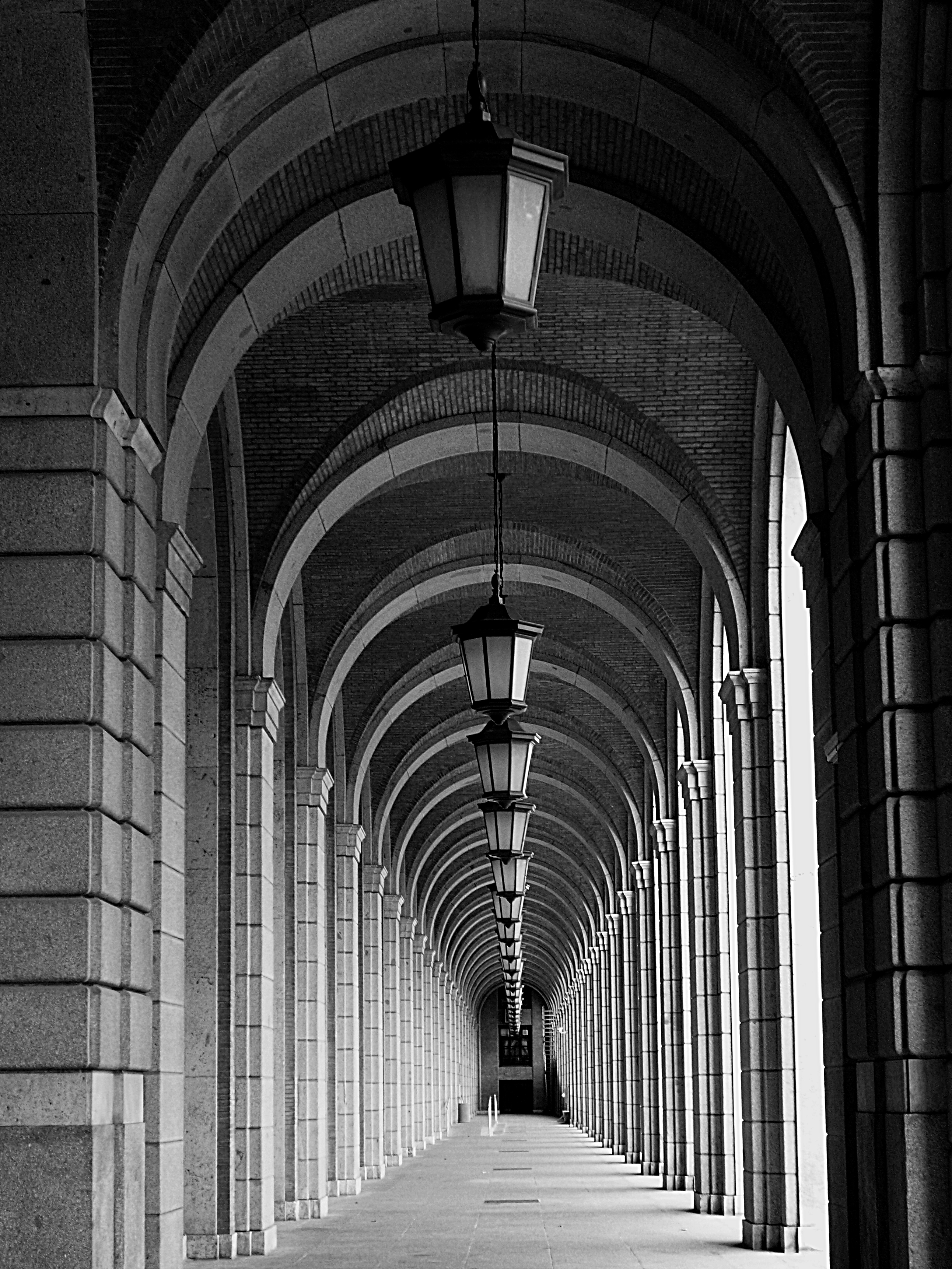Secundino Zuazo on:
[Wikipedia]
[Google]
[Amazon]
Secundino Zuazo Ugalde (1887–1971) was a Spanish



 .
.
architect
An architect is a person who plans, designs and oversees the construction of buildings. To practice architecture means to provide services in connection with the design of buildings and the space within the site surrounding the buildings that h ...
and city planner
An urban planner (also known as town planner) is a professional who practices in the field of town planning, urban planning or city planning.
An urban planner may focus on a specific area of practice and have a title such as city planner, town ...
.
Born in Bilbao
)
, motto =
, image_map =
, mapsize = 275 px
, map_caption = Interactive map outlining Bilbao
, pushpin_map = Spain Basque Country#Spain#Europe
, pushpin_map_caption ...
, he graduated from Madrid's architecture school in 1913, and lived there until his death.
Zuazo was a rationalist architect, among the most important of his generation. The best known of his works are the Casa de las Flores and Nuevos Ministerios
Nuevos Ministerios () is a government complex in central Madrid, Spain. The complex houses several government departments: Development, Labour, Social Security, and Ecological Transition. It is located in the block delimited by the Paseo de la ...
of Madrid (whose construction he did not direct). In city planning, his plan for the Comarca of Madrid and his project for the extension of the Paseo de la Castellana
Paseo de la Castellana, commonly known as La Castellana, is a major thoroughfare in Madrid, Spain. Cutting across the city from South to North, it has been described as the "true structuring axis" of the city.
History and description
The street ...
(also in Madrid) are important.
In his earlier years, Secundino's work was characterized by an inclination toward traditional architecture. A trip that he took to Netherlands and other parts of central Europe left an impression on him of the rationalistic and simple design of the architecture of those areas. Function became his central theme. Upon returning to Spain, he showed a keen interest in collective housing projects, with a view to improving the sanitary conditions prevalent during that time in Spanish cities.
Secundino rose to the august level of state-level planner during the Second Spanish Republic
The Spanish Republic (), commonly known as the Second Spanish Republic (), was the form of government in Spain from 1931 to 1939. The Republic was proclaimed on 14 April 1931, after the deposition of Alfonso XIII, King Alfonso XIII, and was di ...
. The ensuing phase was the most productive in his career as an urban planner. Unfortunately, with the breakout of the Civil War
A civil war or intrastate war is a war between organized groups within the same state (or country).
The aim of one side may be to take control of the country or a region, to achieve independence for a region, or to change government policies ...
, Secundino had to flee to France. Things did not get any better upon his return to Spain, where he was imprisoned.
Before the Civil War had broken out and Secundino had fled to France, he was commissioned by
Indalecio Prieto
Indalecio Prieto Tuero (30 April 1883 – 11 February 1962) was a Spanish politician, a minister and one of the leading figures of the Spanish Socialist Workers' Party (PSOE) in the years before and during the Second Spanish Republic.
Early life ...
, the minister of Public Works, to design a complex that would house the ministries. The site chosen for the complex was a demolished racetrack. Secundino came up in 1933 with a design that had a big open space in the building center, around which were plazas. The design included several ponds in the vicinity of the various ministries. But war interrupted the work on the complex. After Secundino fled, the building was completed by a group of architects chosen by the Fascist regime. Secundino's were not followed completely, and the buildings were built in a different manner.
There are suspicions that Zuazo shaped the plant as the Communist emblem of the hammer and sickle
The hammer and sickle (Unicode: "☭") zh, s=锤子和镰刀, p=Chuízi hé liándāo or zh, s=镰刀锤子, p=Liándāo chuízi, labels=no is a symbol meant to represent proletarian solidarity, a union between agricultural and industri ...
, since he was a supporter of the Soviet Union.
The reference would not be noticed by the later Francoist architects.
The House of Flowers
Between 1930-1932, Secundino worked on another of his iconic buildings, The House of Flowers. The building was an apartment cluster located in the Argüelles Madrid. Before Secundino started work on this project, Madrid's bourgeois architecture was infamous for its showy facades and excessively ornate corner towers. Hygiene was a problem in them, for the rooms were narrow and the doorways received little light. They were no more than large rectangular blocks, a result of the Madrid widening plan initiated by Castro in 1860. Secundino endowed his apartments with all that Madrid apartments before The House of Flowers lacked. There were attached toilets. His design allowed abundant light to enter, and ventilation was improved. There were gardens on the terraces. Secundino achieved a notable architectural feat in The House of Flowers. Characterized by a clean architectural form, the building was a mesmerizing interplay between volume and void. Portals, windows and terraces created the effect of variety. The straight and boxed corners of these were novel at that time. The House of Flowers was a pioneering work of architecture.


References
{{DEFAULTSORT:Zuazo, Secundino People from Bilbao 20th-century Spanish architects 1887 births 1971 deaths Complutense University of Madrid alumni Architects from the Basque Country (autonomous community) Spanish communists